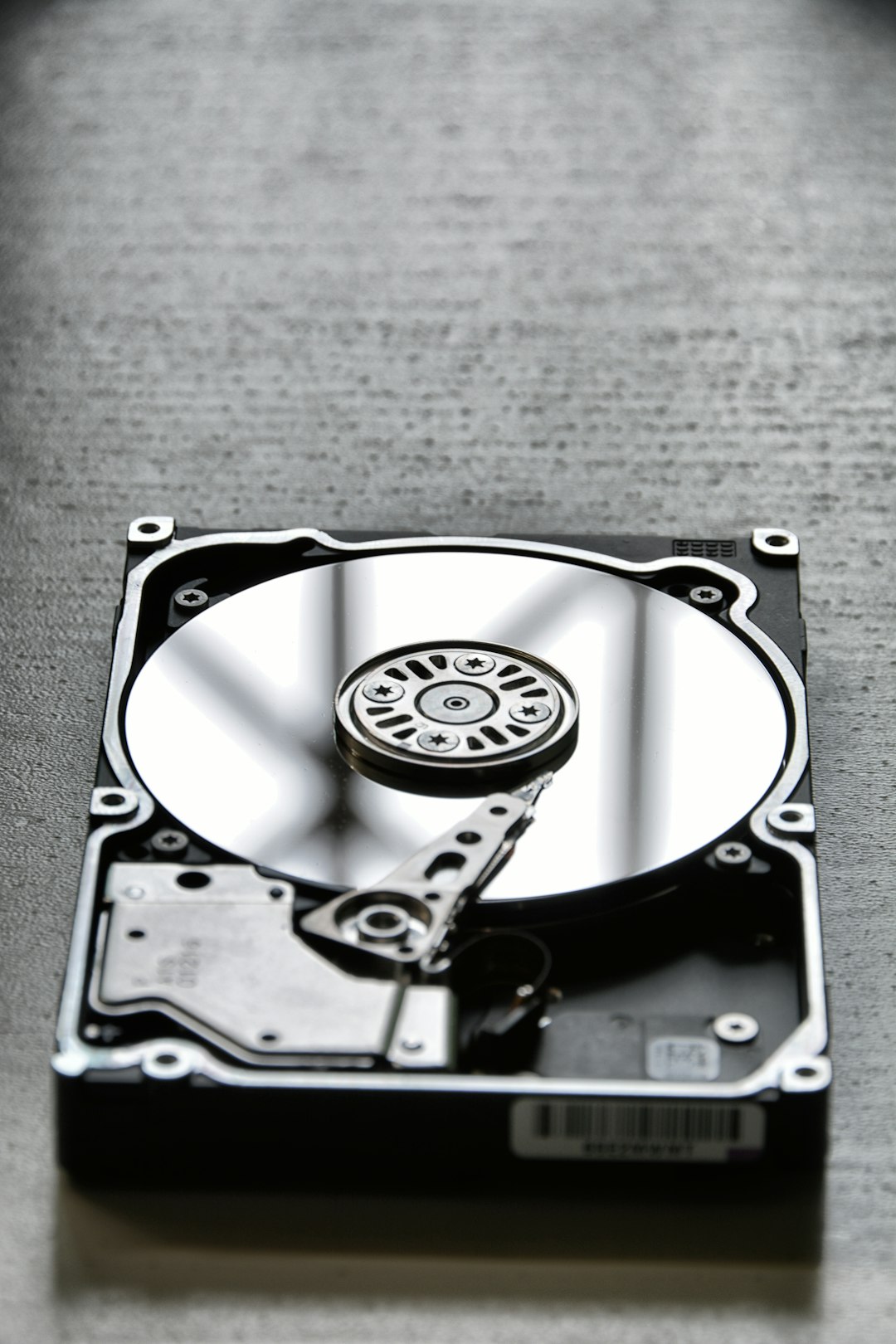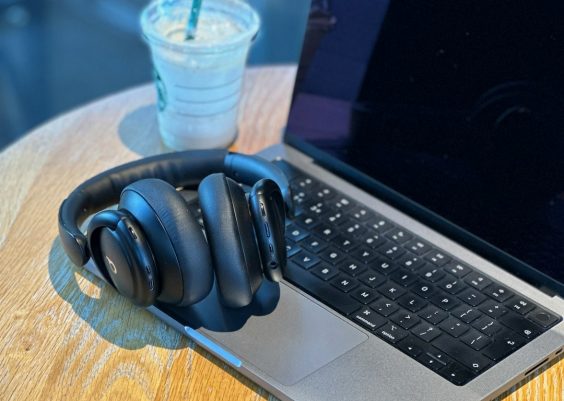The Win32 Disk Manager is a powerful utility designed primarily for Windows systems, allowing users to manage and manipulate storage devices at a granular level. Although it’s not as visually appealing or user-friendly as some modern partition managers, it’s loaded with features that make it indispensable for power users, IT professionals, and those passionate about system management. If you’ve only used this tool for basic tasks such as creating or formatting partitions, you’re missing out on a suite of advanced functionalities that could seriously empower your workflow.
TL;DR
Win32 Disk Manager isn’t just for writing image files to storage drives. It includes advanced options such as creating full byte-level disk backups, writing custom boot sectors, and automating system recovery tasks. With direct hardware interface support and MBR/GPT manipulation capabilities, it’s a Swiss army knife for disk management. If you’re working with embedded systems or operating system deployment, this is a tool worth taking seriously.
The Basics You Already Know
Most users turn to Win32 Disk Manager for one very specific reason: to write disk images (usually .img files) to USB flash drives or SD cards. It’s commonly used when creating bootable media for installing lightweight OS builds like Raspberry Pi distributions.
That said, even if you’ve mastered these basics, there’s more power under the hood:
- Reading disk images to back up existing content
- Restoring images to different devices
- Zeroing out drives for secure erasure
1. Byte-Level Backup and Restore
One of the most underutilized features of Win32 Disk Manager is its ability to create full byte-for-byte disk backups. This isn’t the same as copying files; it duplicates the entire storage structure, including the partition table, boot sectors, and hidden files you wouldn’t normally see.
Why this matters: This advanced backup method ensures you can create a perfect replica of a storage device. It’s exceptionally useful for:
- Cloning bootable drives for multiple devices
- Recovering important system setups
- Forensic analysis or disaster recovery
Backing up a storage device to an image file is as easy as selecting the drive, clicking “Read”, and choosing a location to save the IMG file. You can then later use the “Write” function to restore it to the same or even a different device.
2. Efficient Cross-Device Image Writing
While most similar applications are picky about writing an image to a device of exactly the same size, Win32 Disk Manager is slightly more flexible, making slight allowances depending on file system compatibility.
With a compatible image and sufficient space, you can efficiently deploy one backup to multiple devices—even if they’re not identical. This makes bulk deployments or classroom setups infinitely easier and faster.

3. Writing Custom Bootloaders and MBR
For users delving into OS development, embedded systems, or dual-boot setups, managing bootloaders manually becomes necessary. Win32 Disk Manager’s advanced sectors-handling capabilities allow you to write a custom Master Boot Record (MBR) or Volume Boot Record (VBR) directly.
Advantages include:
- Testing custom bootloaders without altering your main system
- Repairing corrupted MBRs due to virus or misconfiguration
- Creating your own bootable diagnostic drives
Tip: This requires a certain level of expertise, so make sure to keep backups before diving into boot sector editing.
4. Integration with Scripting and Automation Tools
Although Win32 Disk Manager lacks a modern command-line interface, many users have discovered ways to incorporate it into automation workflows using helper scripts and third-party tools. This is especially useful in enterprise or batch environments where imaging 100 USB sticks manually isn’t feasible.
The utility can be called with arguments and used in conjunction with PowerShell or batch scripts to streamline large-scale rollouts or recurring system restoration routines. While officially unsupported, savvy Windows tinkerers will find win32diskimager.exe’s behavior sufficiently predictable for automation purposes.
5. Working with Raw Disk Images
Unlike typical installers or backup applications, Win32 Disk Manager works directly with raw disk images (.img), ensuring no compression or alteration takes place. These images can be crafted using utilities like dd on Linux or captured from devices using forensic software.
Advanced users can mount the image using other tools after it’s created and manipulate their contents, making it possible to:
- Edit partitions inside the image without writing it to disk
- Update configuration files before deployment
- Inject new drivers or update system settings

6. MBR vs GPT Awareness
Win32 Disk Manager primarily supports MBR-based image writing, which is still the prevalent standard for removable media and bootable USBs. While it’s not officially designed for GPT disks, users with proper prep work can manipulate GPT-partitioned images as long as their operating environment supports it.
This is particularly notable for users working on modern UEFI setups or with 4TB+ hard drives, where GPT becomes essential. Understanding the tool’s limits—yet taking advantage of MBR boot capabilities for compatibility—can give users a strategic edge.
7. Secure Erase: Writing Zeros Across the Device
This feature is often found in more specialized tools, but Win32 Disk Manager can accomplish it by writing an IMG file filled with zeros across the device. The result is a fully blank drive with no recoverable partitions or data, ideal for decommissioning or recycling storage devices.
Use Cases:
- Securely disposing of USB sticks with sensitive data
- Resetting drives before initializing new file systems
- Preventing data leaks in corporate environments
To do this, simply create a blank IMG file using a hex editor or scripting tool, load it as the source image and write it using Win32 Disk Manager.
8. Advanced Compatibility with SD Cards
While USB drives are the usual targets, Win32 Disk Manager excels at interfacing with SD cards—making it especially valuable for hobbyists in IoT or Raspberry Pi communities. It ensures raw bit-by-bit writing to SD cards without introducing any additional filesystem headers or metadata.
This guarantees that the final media behaves exactly like its virtual counterpart, booting correctly, and initializing as expected—without needing special adjustments for media alignment or cluster sizing.
Best Practices for Using Win32 Disk Manager
To get the most from Win32 Disk Manager, keep the following tips in mind:
- Always run as Administrator – This avoids access permission issues.
- Double-check drive letters – The interface does not warn you if you select the wrong target.
- Safely eject media before removal – Prevents image corruption.
- Backup before you write – There’s no undo button once a disk is written over.
- Label and document your image files – Version control is crucial when using multiple OS images.
Conclusion
Win32 Disk Manager is deceptively simple at first glance, but go a layer deeper, and you’ll find a utility packed with features that are useful for much more than just bootable media creation. Whether you’re an IT professional, a tinkerer managing embedded systems, or just the go-to tech guru in your family, understanding its hidden capabilities can save time, add reliability, and open new possibilities.
Give these advanced techniques a try and elevate your disk management game on Windows. You might be surprised just how far you can push this humble tool.




